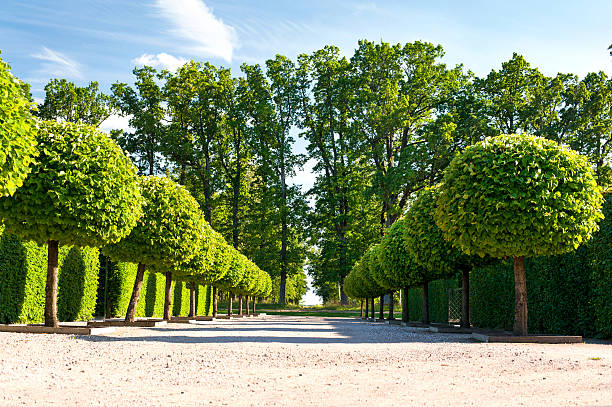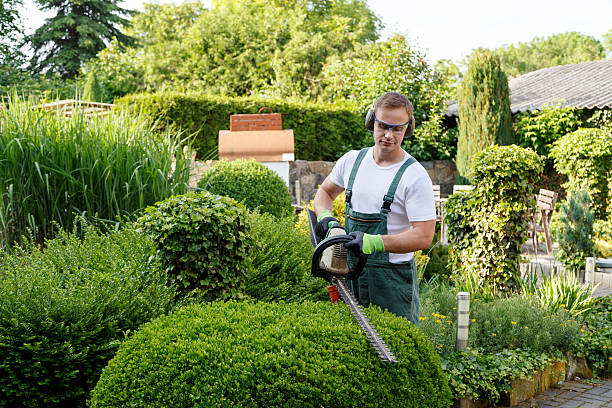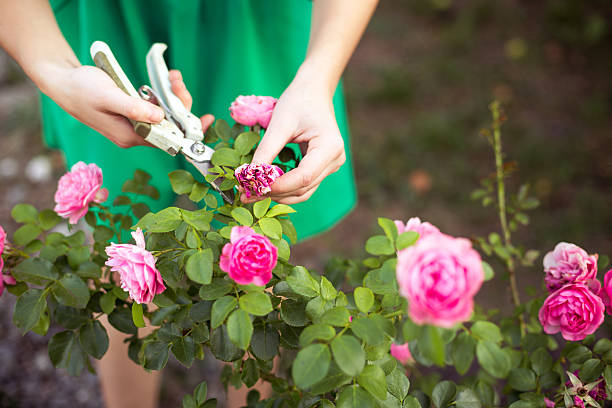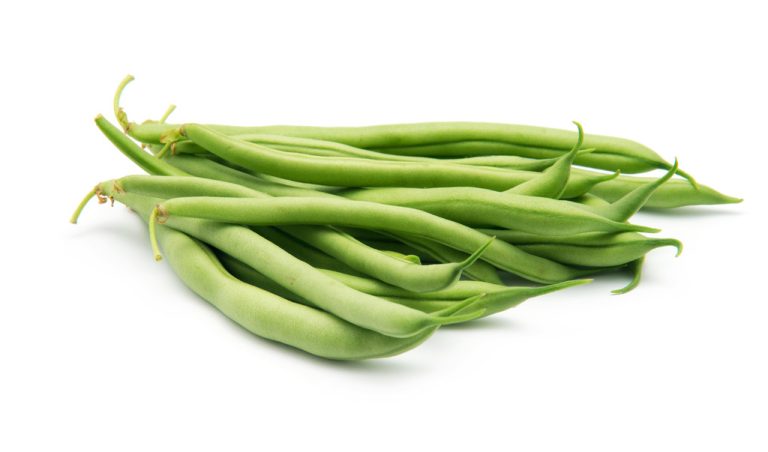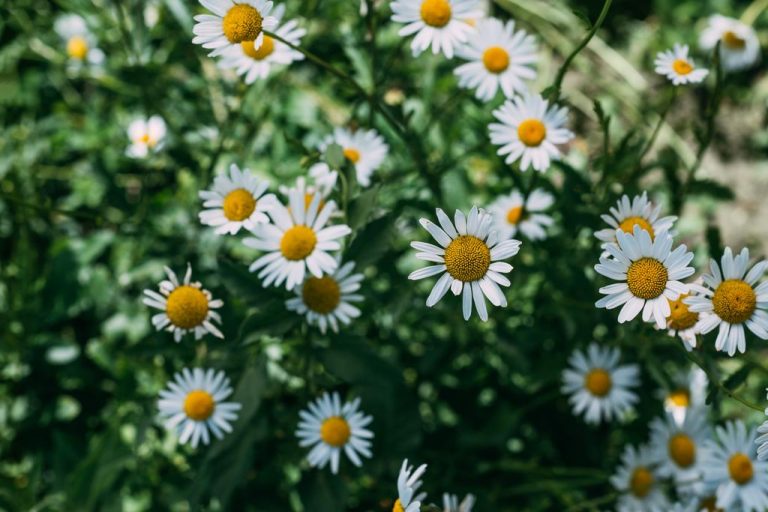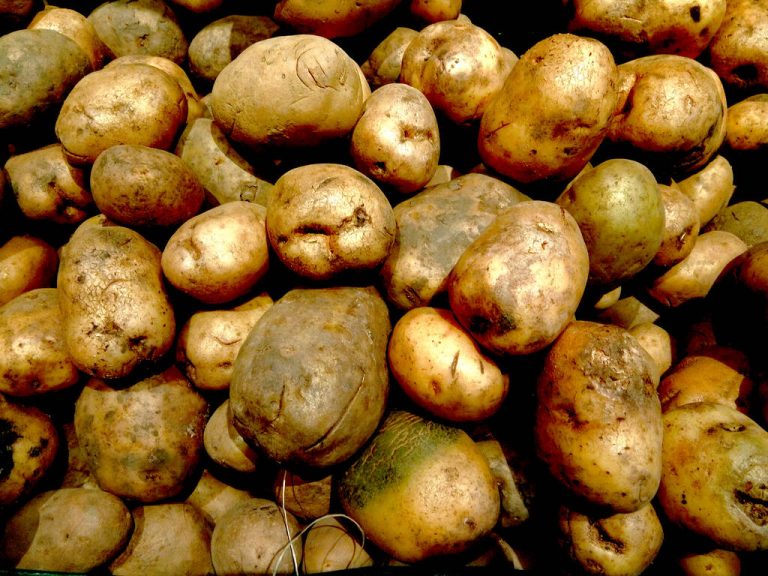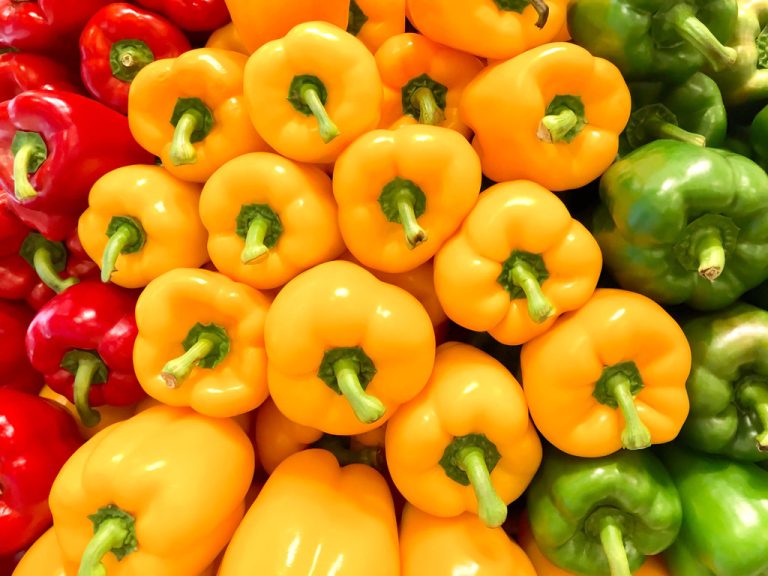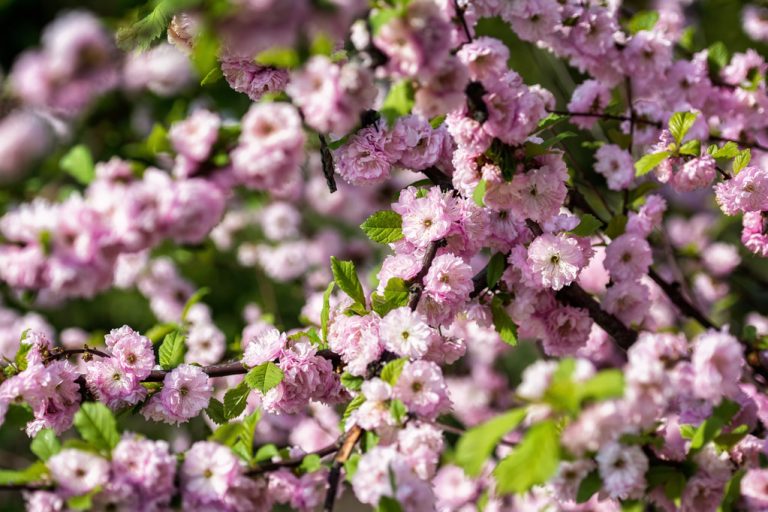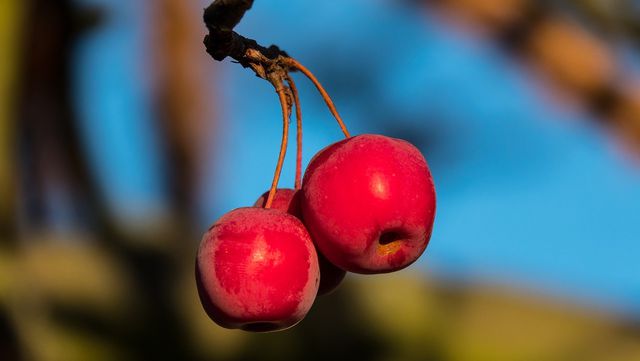Tomato plants are popular and available all year round. If you would like to do something for the environment, you can plant them yourself. You can then dry, freeze or pickle the tomatoes. We will show you how to do it and how to store tomatoes properly.
The red delicious balls are among the most popular types of vegetables. Because they taste good and can be used in many ways. From this, you can conjure up many different tomato recipes. We have collected the most important information about this plant.
The history of the culinary golden apple
The tomato plant originally comes from the Andes, an area in South America. Then Christopher Columbus brought the plant to Europe. At first, it looked a bit different. Because she was smaller and yellowish. Hence the name Pomodoro in Italian means golden apple. But back then, people were skeptical, probably because people thought it was Adam and Eve’s apple of paradise. Thankfully, that has long been overcome and we now find them in a variety of recipes. We have collected the most important tips for tomatoes so that you too can take care of and use the plants properly at home.

1) Tips for planting tomatoes
The plant can grow between 20cm and two meters high. They like nutrient-rich and humus-rich soil that is well loosened. If you want to plant tomatoes, you can grow them in tubs, large pots, or in a greenhouse. Also, note the use of a growing mat for plants. You can also plant them outdoors, but then special hoods are recommended. You should also note the following things and read our tips on growing chili yourself.
- Keep the plant airy. This means that you should remove the leaves in between. But not too many at once or the tomatoes may burst.
- Water regularly at the bottom, but be sure to avoid waterlogging.
- Tomatoes hate rain. When the raindrops fall on the tomato leaves, leaves will wither.
- They love the sun. The more sun exposure, the bigger the fruit will be.
- Harvest time from the plant is 7 to 8 months after planting.
2) Store tomatoes properly
Don’t store tomatoes in the fridge. Because the longer and colder the plant is stored, the higher the probability that it will not taste good. But with a relative humidity of 75 to 80, you can store the tomatoes well. Then the last one to six weeks, depending on the variety and degree of ripeness. You should also store them at the following temperatures. In addition, note our tips on storing food correctly.
3) Tomatoes simply dry
There are three different ways you can dry your tomatoes. So it works in the oven, in the sun, or with a dehydrator. For all methods, you should core the fruit and cut it to the right size. So cut them into large slices and halve the small ones. Then you have to grease the grid of the oven or the dehydrator.
Then place them on the grid and season them to taste. In order for the tomatoes to dry successfully, you can heat them at between 50 – 90 degrees for about 6 – 10 hours, depending on the device. You should turn the tomato pieces several times. And in the oven, it is important that the moisture can escape. So leave the door open a crack. Also, note our tips for dehydrating and drying food.
4) Pickling tomatoes

You can also pickle your tomatoes after harvesting. So they last a long time. And you still have some of the tomato fruits you planted yourself in winter. You can insert them according to your taste according to different recipes. For this, you need water, vinegar, sugar, salt, peppercorns, and mustard seeds for the brew.
5) Can you freeze tomatoes?
Yes, you can freeze these. If you want to freeze tomatoes, you should choose ripe and firm fruits. Then you should wash and dry them thoroughly. You should also remove the stems. You can also freeze them whole or in pieces. Before you put them in the freezer, pack them in a jar or freezer bag. However, once thawed, you can only use them for cooking. Because they are very mushy. Since they lose their flavor in the cold, our tip is to process them directly into a delicious sauce and then freeze them. Or season them accordingly 10 minutes before freezing. Please also note our tips for freezing beans.

